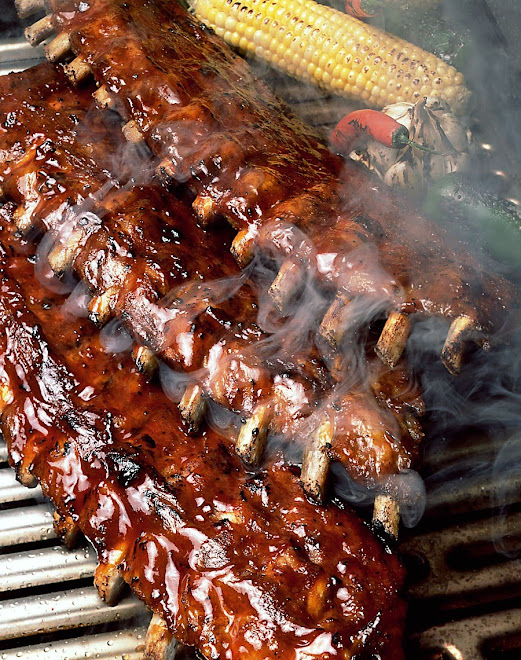
Marinating adds and enhances the flavor of meat, fish or poultry. Following are five of my favorite marinades for steak and chicken. These are all tried & true!!
1. Italian dressing. Italian dressing is a simple and flavorful marinade for both steak and chicken. You can use it to marinade your meat for as little as 30 minutes or as long as overnight. Either will fill your meat with flavor. Italian dressing is especially tasty when you are going to grill your steak or chicken. Since there are several variations of Italian dressing, you can chose the one you like best to use as your marinade. If you prefer more flavor try a Robust Italian dressing. Whether you use store brand, your favorite brand or the brand on sale, all will give your meat or poultry lots of flavor.
2. Balsamic vinaigrette makes a great marinade for chicken. Combine 1 cup of balsamic vinegar with 1/8 cup of olive oil. This is a sweet and tangy marinade that is very tasty.
3. KC Masterpiece® Garlic & Herb Marinade. An infusion of garlic, specially selected herbs and sweet red peppers. Use it to add flavor to chicken legs and thighs.
4. LAWRY'S® Sesame Ginger Marinade contains blends Mandarin orange juice and oranges, fresh ginger, soy sauce, toasted sesame, and garlic for an Asian flavor. This is a very savory marinade for both chicken and steak.
5. Lemon basil marinade for chicken. Combine 3 tablespoons of fresh chopped basil ( or 1 tablespoon of dried basil leaves) with 1/3 cup lemon juice, 1 tablespoon olive oil and 4 cloves chopped garlic. (this is enough to marinade 4 boneless chicken breasts). This is a very tasty, yet light flavor for chicken. Tastes great when the chicken is marinaded overnight and then grilled.
Next week we'll talk about grills!!!



